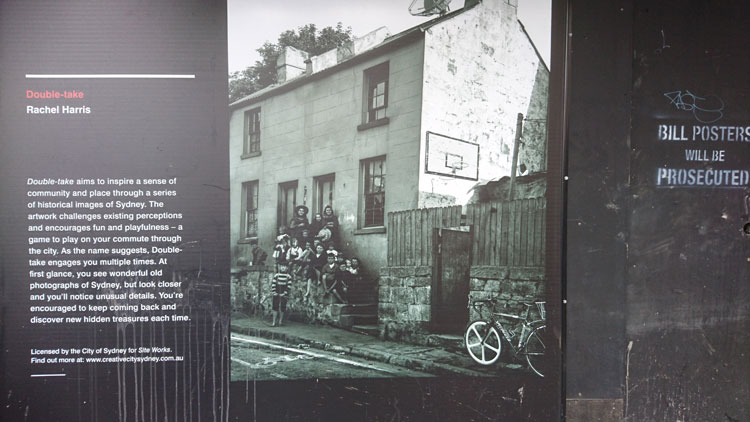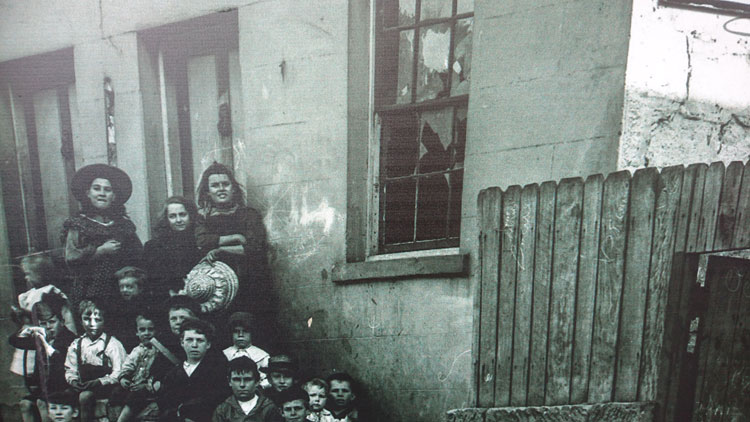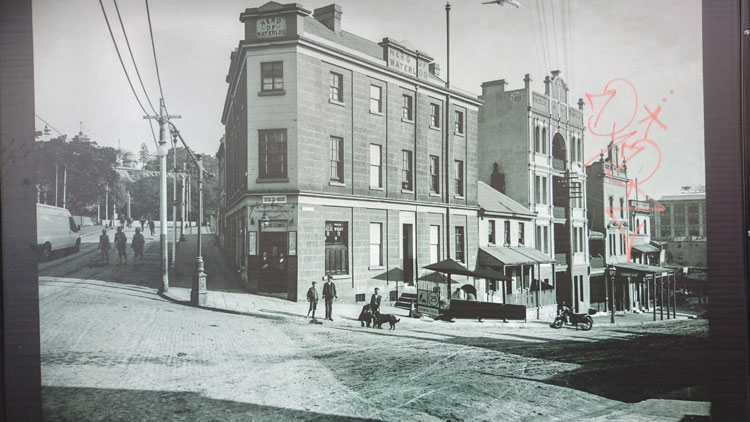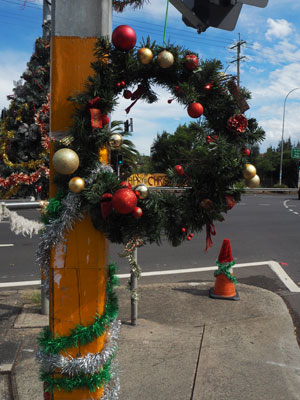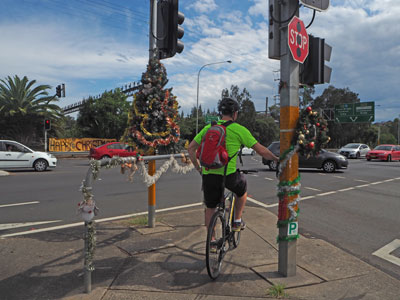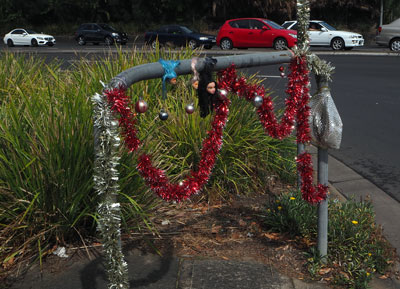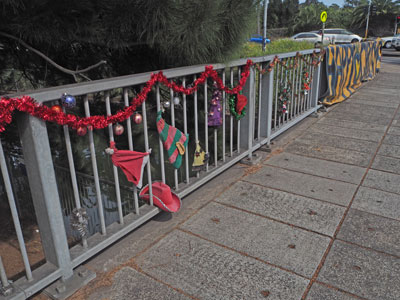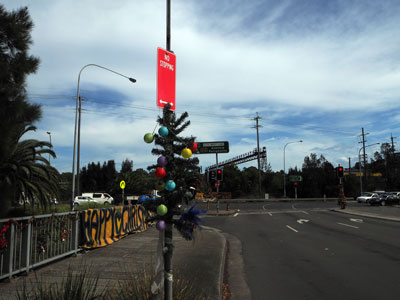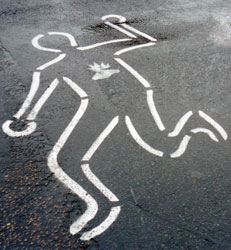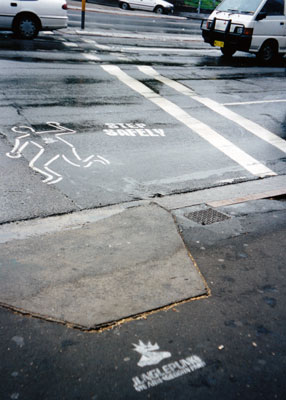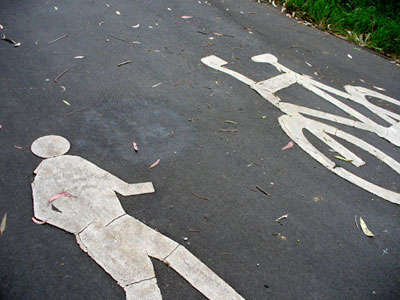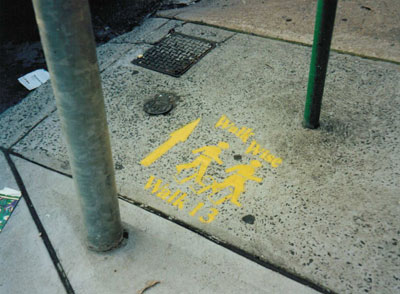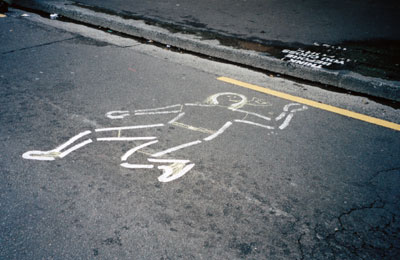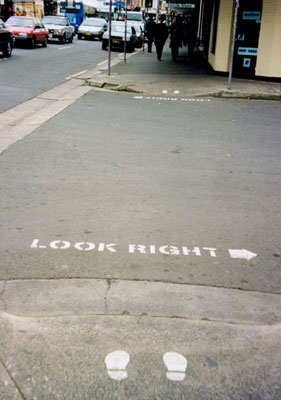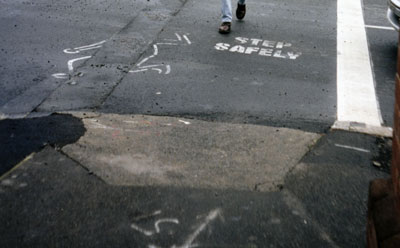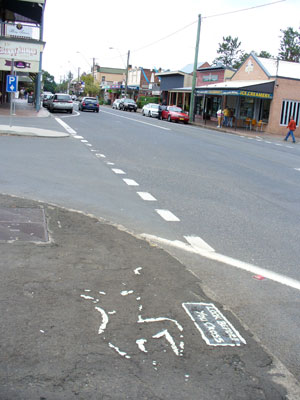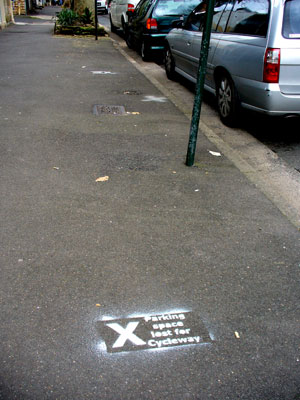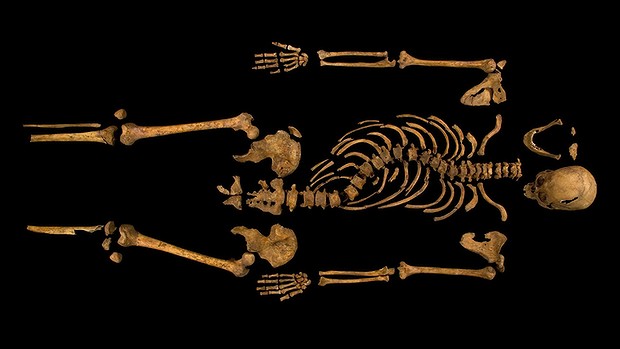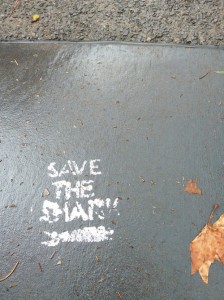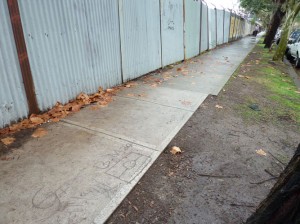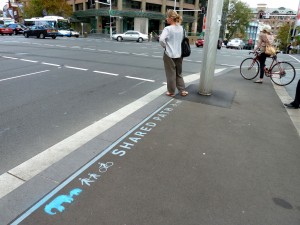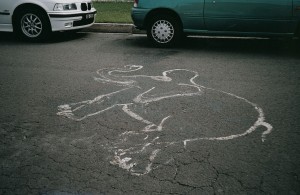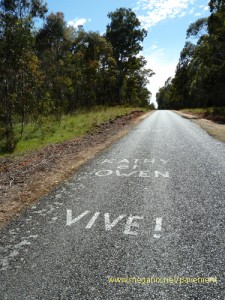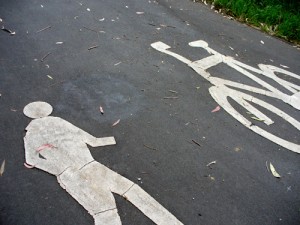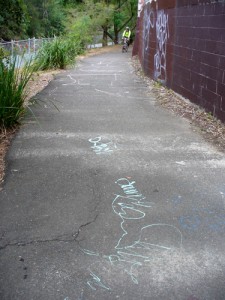This is going to take a lengthy search. I am looking for images and mentions of graffiti that pre-date the explosion of informal public writing in the 1970s and 1980s. I’m concentrating on Sydney, but even within that narrow scope it won’t be easy.
Before the mid-1900s the term ‘graffiti’ was used for writing that had survived on walls found at ancient archaeological sites. It hardly ever referred to contemporary inscriptions in public places. So there’s not going to be much point in using Trove to scan the newspapers for references to ‘graffiti’.
Nor will it be much use searching through the catalogues of digitized photograph collections. When cataloguers are annotating images of buildings and streetscapes they note all sorts of things that might be used as search terms, but they hardly ever notice graffiti.
So I will have to look at images one by one in the collections at, for example, the Mitchell Library and the City of Sydney Archives. In the meantime I scrutinize the blow-ups of historical photographs that are currently being used to decorate building-site hoardings around town.
These blow-ups are not quite as they seem. Each of them is an element of an artwork called Double Take. Artist Rachel Harris has doctored the photographs by adding “unusual details”. There is a pair of them in King Street, Newtown. Look carefully and you’ll see that, alongside the shabby building and the stepload of kids, there is a modern bicycle, a basketball hoop, and … (no I’m not going to give away any more of the “hidden treasures”).
But what about the scribbles on the house and the paling fence? I am right to be excited because I’ve spotted historical examples of childish graffiti, or is this just another of Rachel Harris’s interventions?
Nevertheless, I’m on pretty solid ground regarding the graffiti on the accompanying photograph of the Hero of Waterloo Hotel. I’d say that pink scribble is definitely an early 21st century tag. And it post-dates Rachel’s digital trickery.

